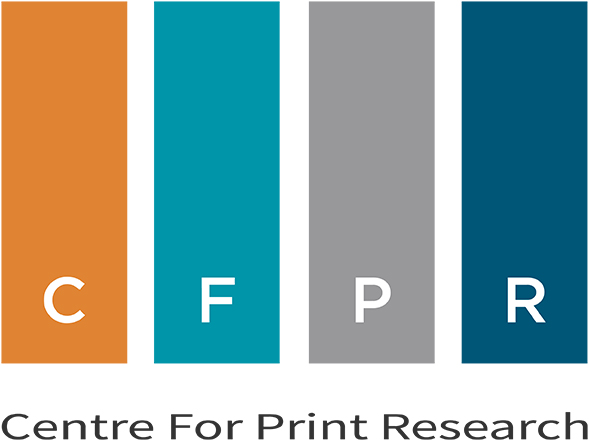
| |
| |
|
Search
|
Exhibitions
|
Textual Research
|
News
|
Featured South African Artist's Book
Online Resources | Booknesses Archive | Samplings Archive | Sign up |
| ||||
|
The Blue Notebook journal for artists' books
Vol.19 No.2 Spring - Summer 2025 Essays and articles in this issue: Alastair Noble of Dunoon MOCA reflects upon the publishing practices of Ian Tyson (1933 – 2021): Pamphlets, poets and painters in the 1970s. Tetrad Pamphlets Vol I-X 1970/71 is a boxed set of ten folded pamphlets that are collaborations between poets and painters of the day, designed and printed by the artist and publisher Ian Tyson. The pamphlets are a series of loose unpaginated folios contained in a drop back box measuring 318 x 270 mm printed in an edition of 500 with 10 folded broadsides of poems and images, screenprinted in colour with 50 of the 500 copies signed by the artists. This project presents an opportunity to understand the relationship between young British artists from the late 1960s engaging with emerging poets of the time. The iconography of mass production, new technologies and popular culture in the fifties became the focus of many artists in the UK and evolved in the early sixties into PopArt. the artists in this box set were passionately engaged in these issues. This modest grey box is a time capsule for the arts at the beginning of the 1970s, capturing the embryonic ideas of the artists and poets of the day that would each prove to make important contributions to the canon over decades to come. Viola Hildebrand-Schat reviews - Ad Reinhardt. Peinture moderne et responsabilité esthétique by Leszek Brogowski, Les Éditions de la Transparence: Although it is widely known that Ad Reinhard worked as a cartoonist, his cartoons, which mostly appeared in magazines, are rarely recognised as independent publications. However, when one considers Reinhard’s cartoons in relation to Leszek Brogowski’s concept of the “modest book” and the research into “modest artists’ publications” within the context of material studies in the humanities, they take on a new significance. They represent a subtle form of expression, especially in comparison to paintings, and are disseminated through mass media. Their significance as art becomes clearer when viewed through the lens of Brogowski’s definition of modest artist publications. This is the focus of his research, which is notably influenced by Anne Moeglin-Delcroix’s pioneering studies on artists’ books from the 1960s to the 1980s. In MANIZESTO TO GO, Paul Thompson introduces his concept of zook - a hybrid of a book and a zine: Content euchres craft. Meaning supersedes materials. These two short sentences, a total of only six words, describe a zook. In Multiple Discovery of Artists’ Books Rosemarie Tonk looks at the development of artists’ books as artistic expression in regions beyond the movement’s current primary centres of practice of North America, parts of Europe, and Australia. Drawing on the concept of multiple discovery the author investigates artists’ books and book makers in four non-Western regions: Japan, India, South Africa, and Latin America. The discussion highlights the universality of the book as an international medium of artistic expression. Mirosław Ryszard Makowski introduced us to and allowed the use of a selection of pages from his father Zbigniew Makowski’s book 13th September 1960, this is music to suit all, as the featured artist for this issue. Artist Ben Jenner accepted our invitation to respond to the work of Zbigniew Makowski (1930-2019). |
Page 1
1 |
|
© Jack Ginsberg Centre for Book Arts (JGCBA). All rights reserved. |

